Tourism today
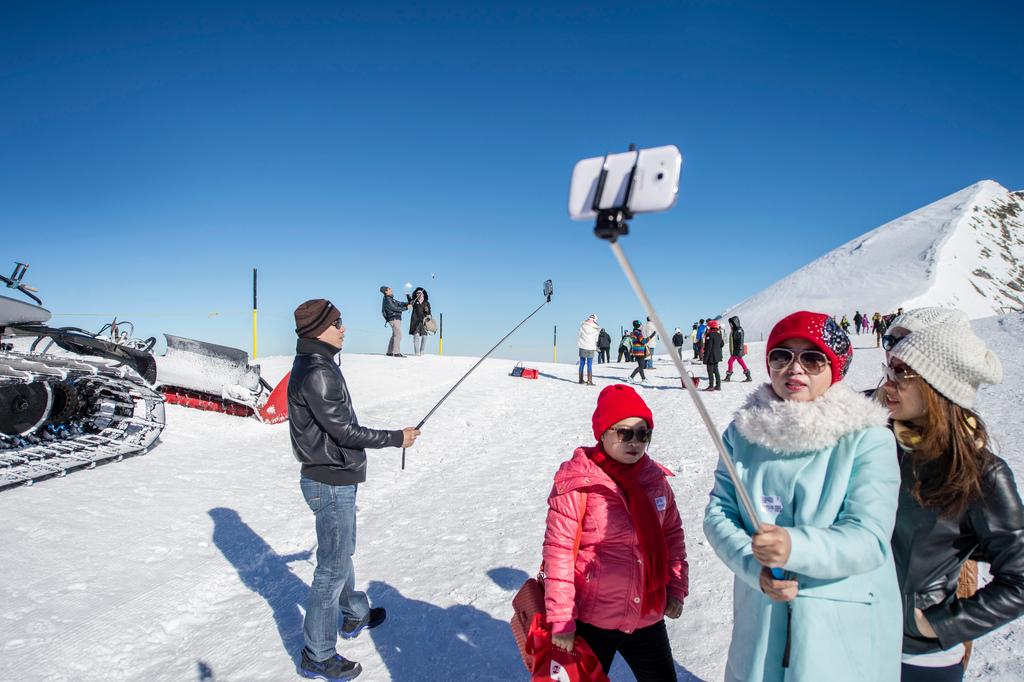
Tourism is a key source of Switzerland’s income, although nowadays Swiss travelling abroad spend almost as much as foreign tourists coming here.
However, the balance remains positive and tourism is the sixth biggest export industry, creating 4.3% of Swiss jobs in 2014.
Initially tourism was a summer pursuit. In winter, heavy snow prevented most travel, and it was only the beginning of winter sport activities, largely pioneered by the British at the end of the 19th century, that brought winter holidays into fashion. Today “low season” means just a few short weeks in spring and autumn.
For the most recent statistics on Swiss tourism, visit the Federal Statistical OfficeExternal link.
Short breaks
There are now winter and summer resorts, many bi-seasonal resorts, and every shade in between, complemented by spa and congress tourism.
Among the Swiss population, one-day or weekend excursions are very popular. These include trips on mountain railways, lake steamers and to mountain restaurants.
The tourism industry and the cantons, especially Valais, Graubünden and Bern, are particularly concerned about the so-called “cold beds” phenomenon. Many secondary residences are rarely rented out and are used by their owners for only a few weeks a year.
Promoting the country
There is no region of Switzerland that does not aspire to some form of tourism.
The basic subdivisions include mountain resorts, with walking in summer and skiing in winter, and the many lakeside resorts that offer water sports.
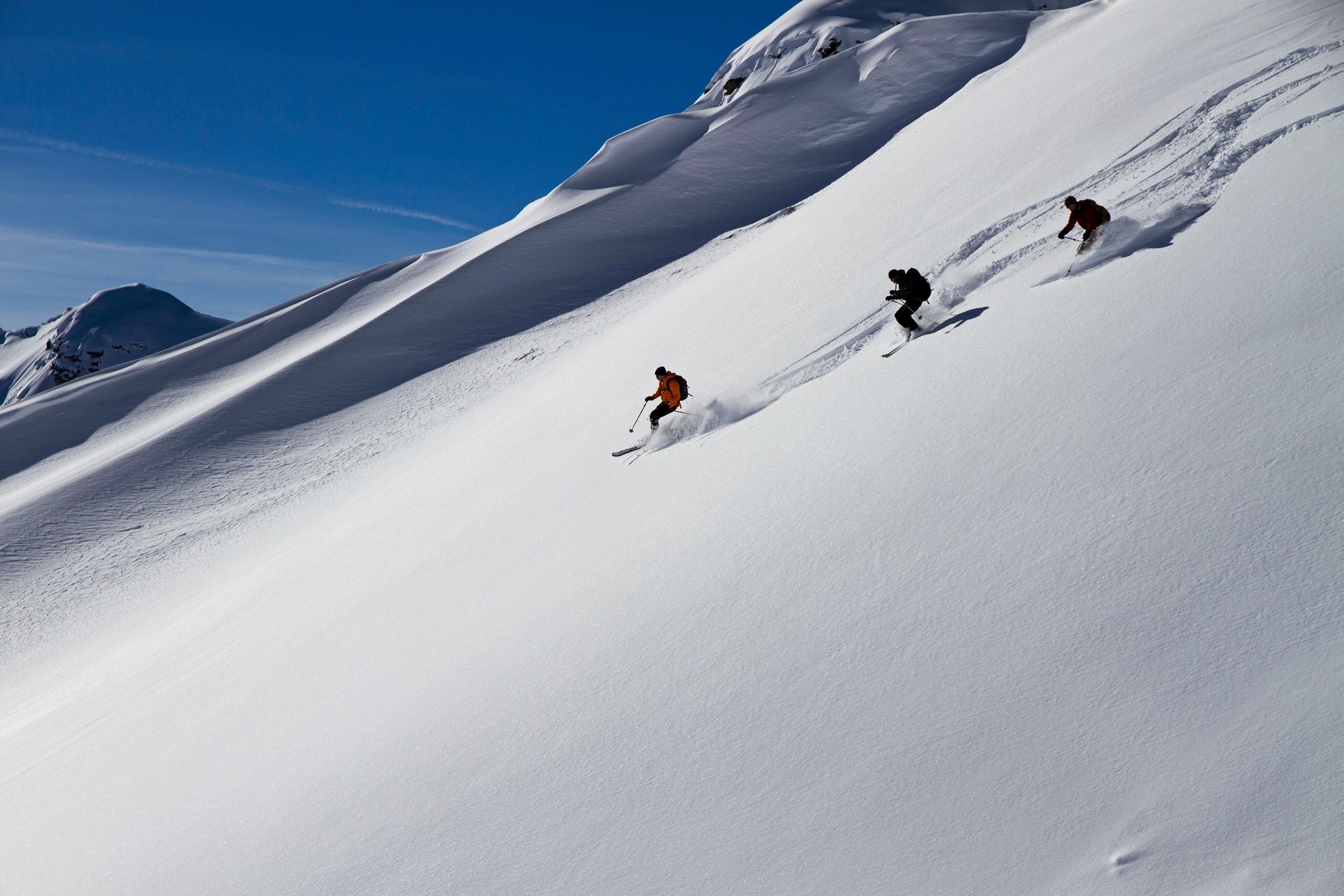
More
150 years of winter tourism in Switzerland
Many Swiss cities are, in part, also resorts. Then, there are countless rural areas, not least in the Jura hills, which offer a less rugged landscape and a more gentle form of tourism.
Most tourist areas offer a combination of events and activities. The large cities are as much lakeside, congress and museum venues as they are meeting places for business people.
Promotion of Switzerland as a destination is the responsibility of Switzerland TourismExternal link. In general, Switzerland now faces far more competition from other destinations, while state expenditure on promotion remains relatively modest.
The tourist trade is also under pressure from the strong franc, which makes visits to Switzerland from neighbouring countries more expensive. Switzerland Tourism is now tapping markets such as India and China, which have increasing numbers of prosperous people.
The Alps
The Alps are the main attraction for tourists to Switzerland. In summer they provide a playground for hikers and walkers and in winter they have lots of snow for skiing.
Visitors to the Alps now tend to take ski lifts and cable cars for granted. These were, however, mainly a post-war development. Today Switzerland’s alpine resorts can offer a full tourist infrastructure to meet the needs of their visitors.
Climate change
Until quite recently Swiss winter sport resorts were “snow-sure“. Today, though, as a result of global warming, the lower resorts at around 1,000 metres’ altitude increasingly need to use snow cannons to maintain enough snow on the pistes.
To learn about what the Swiss government is doing about climate change, see the Federal Office for the EnvironmentExternal link website.
Skiing and other forms of tourism have an environmental impact that has become an issue in recent times. “Sustainable tourism” is becoming an aim both in winter and summer in the mountain regions. Since tourism is so important for local economies in the Alps, it stands to reason that steps need to be taken to preserve this unique landscape for future generations.

In compliance with the JTI standards
More: SWI swissinfo.ch certified by the Journalism Trust Initiative


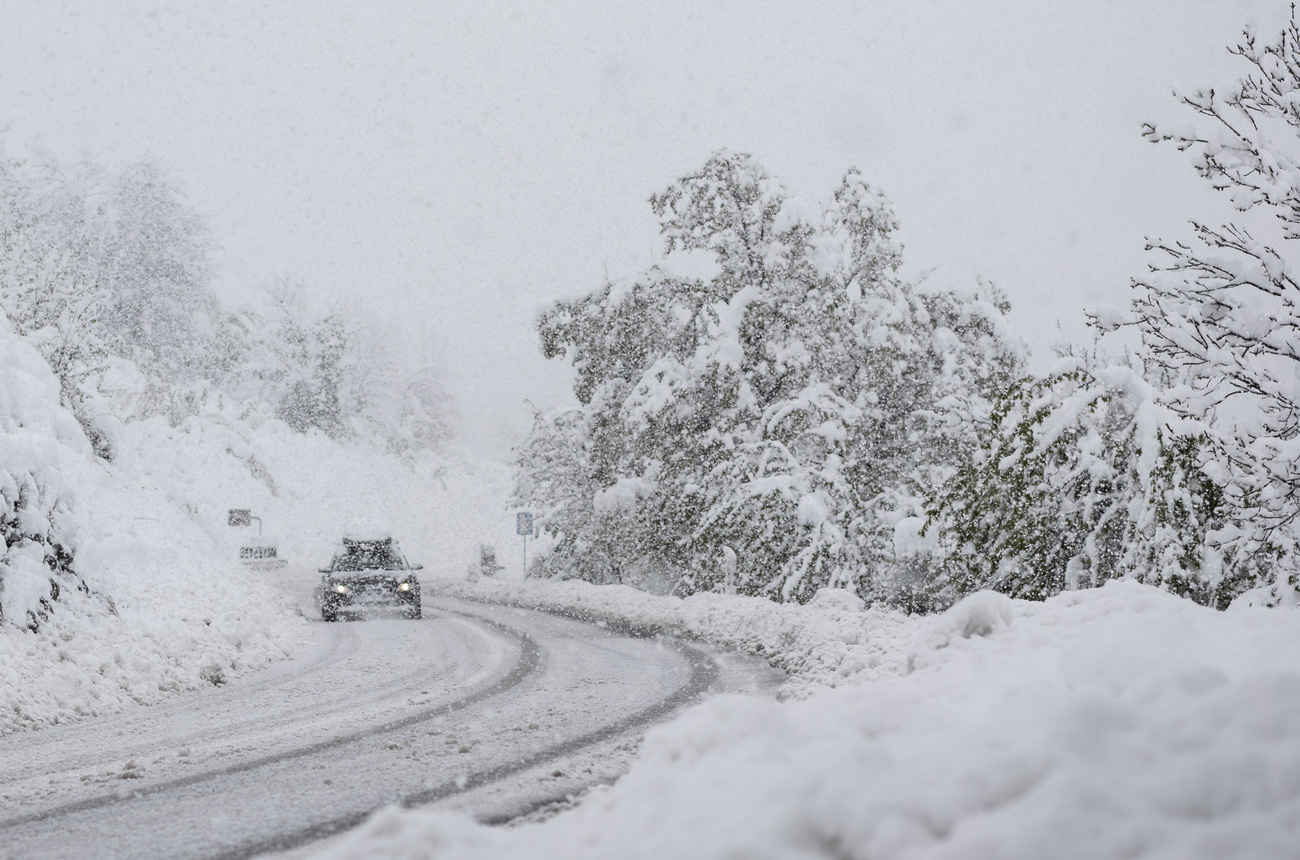





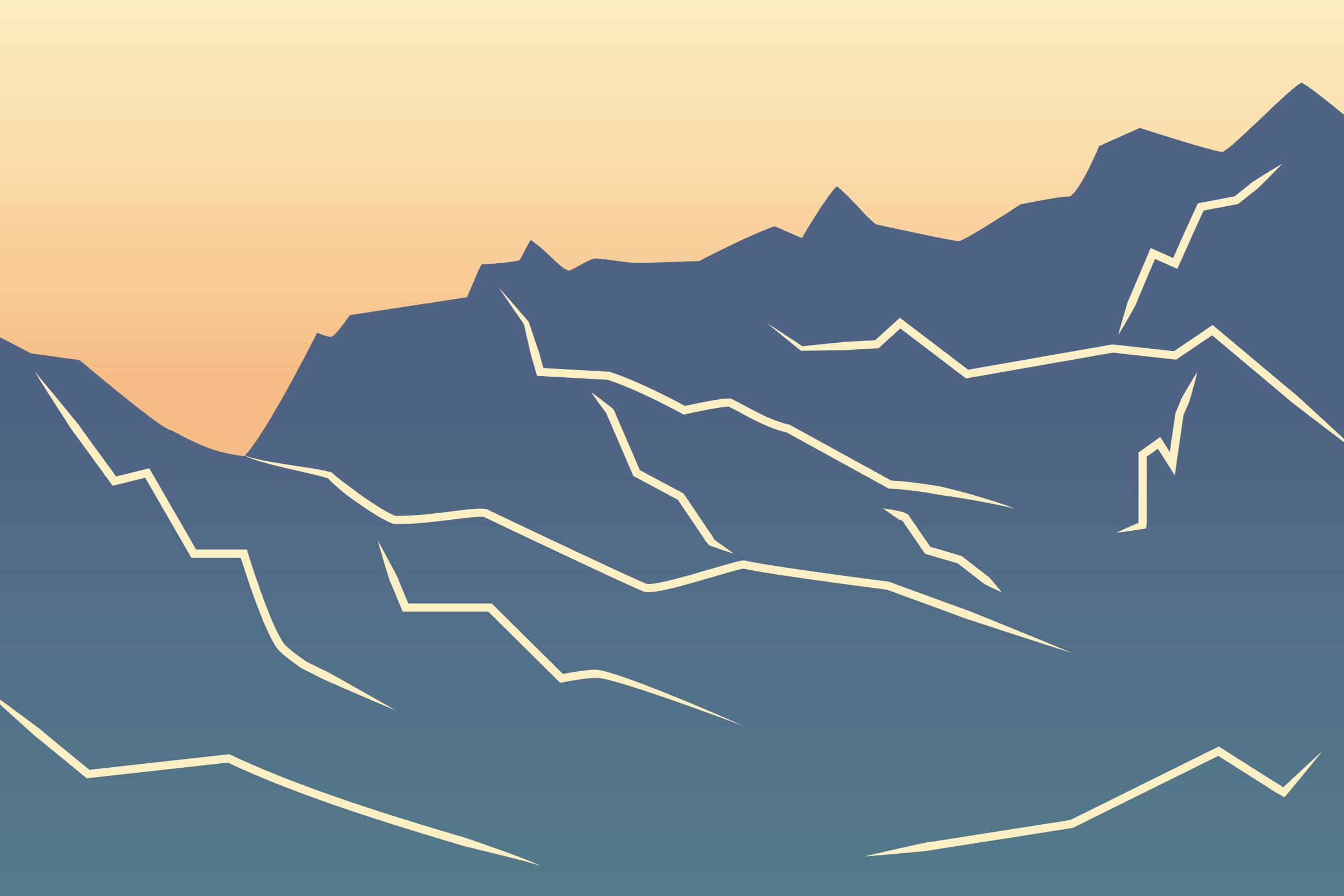




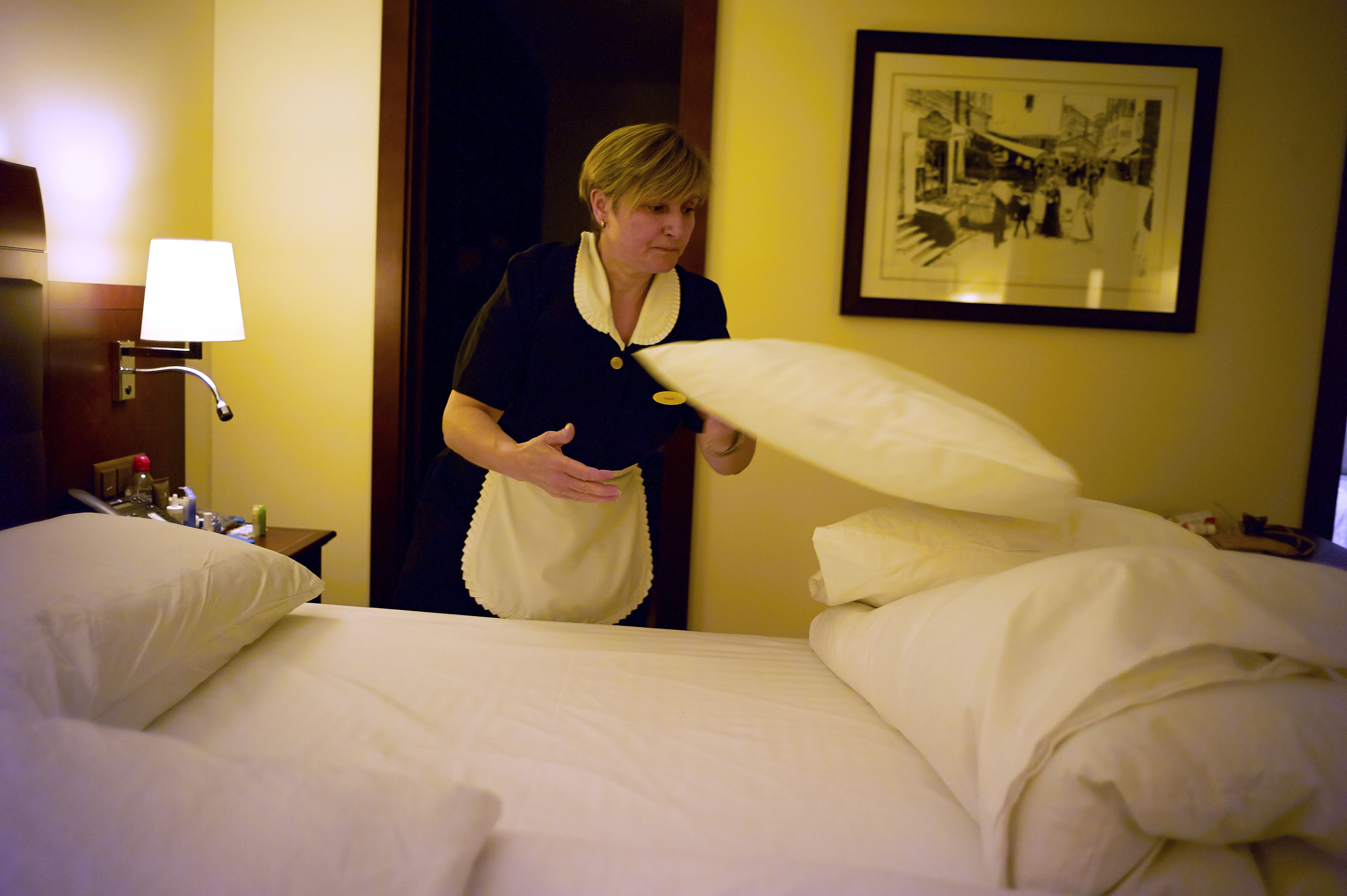
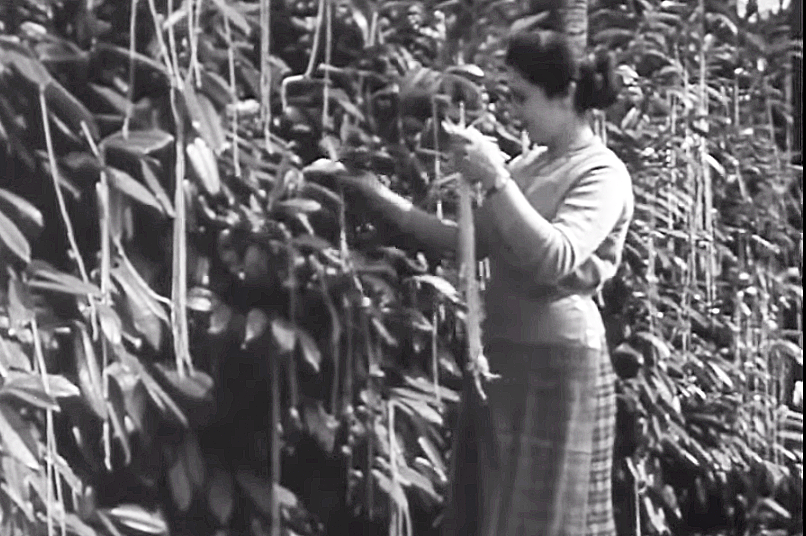
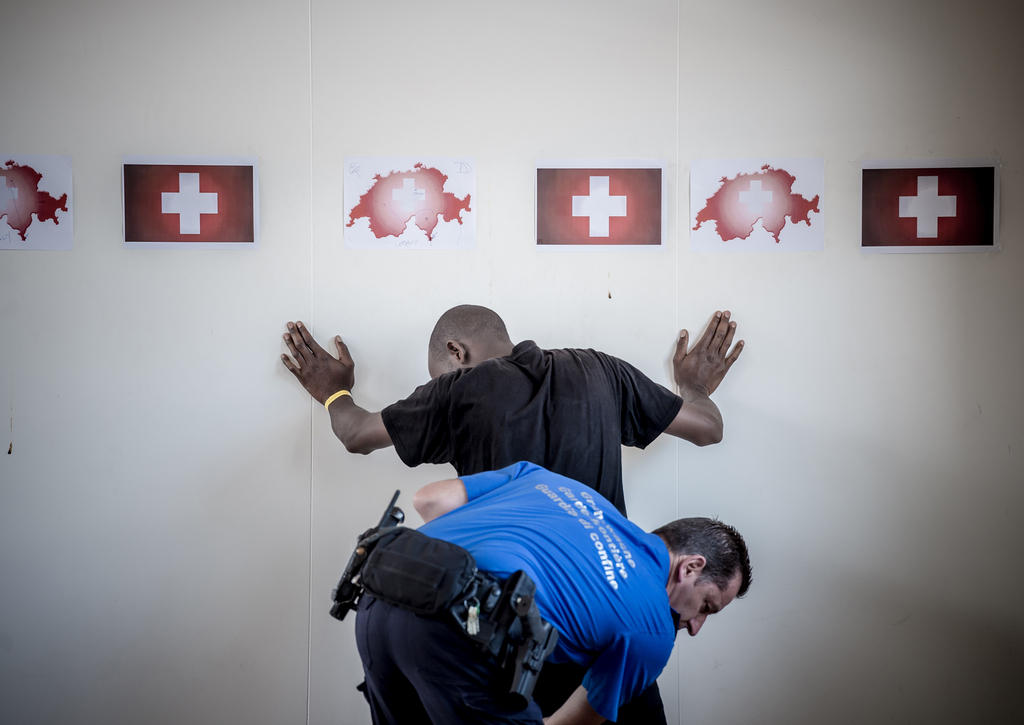
You can find an overview of ongoing debates with our journalists here . Please join us!
If you want to start a conversation about a topic raised in this article or want to report factual errors, email us at english@swissinfo.ch.